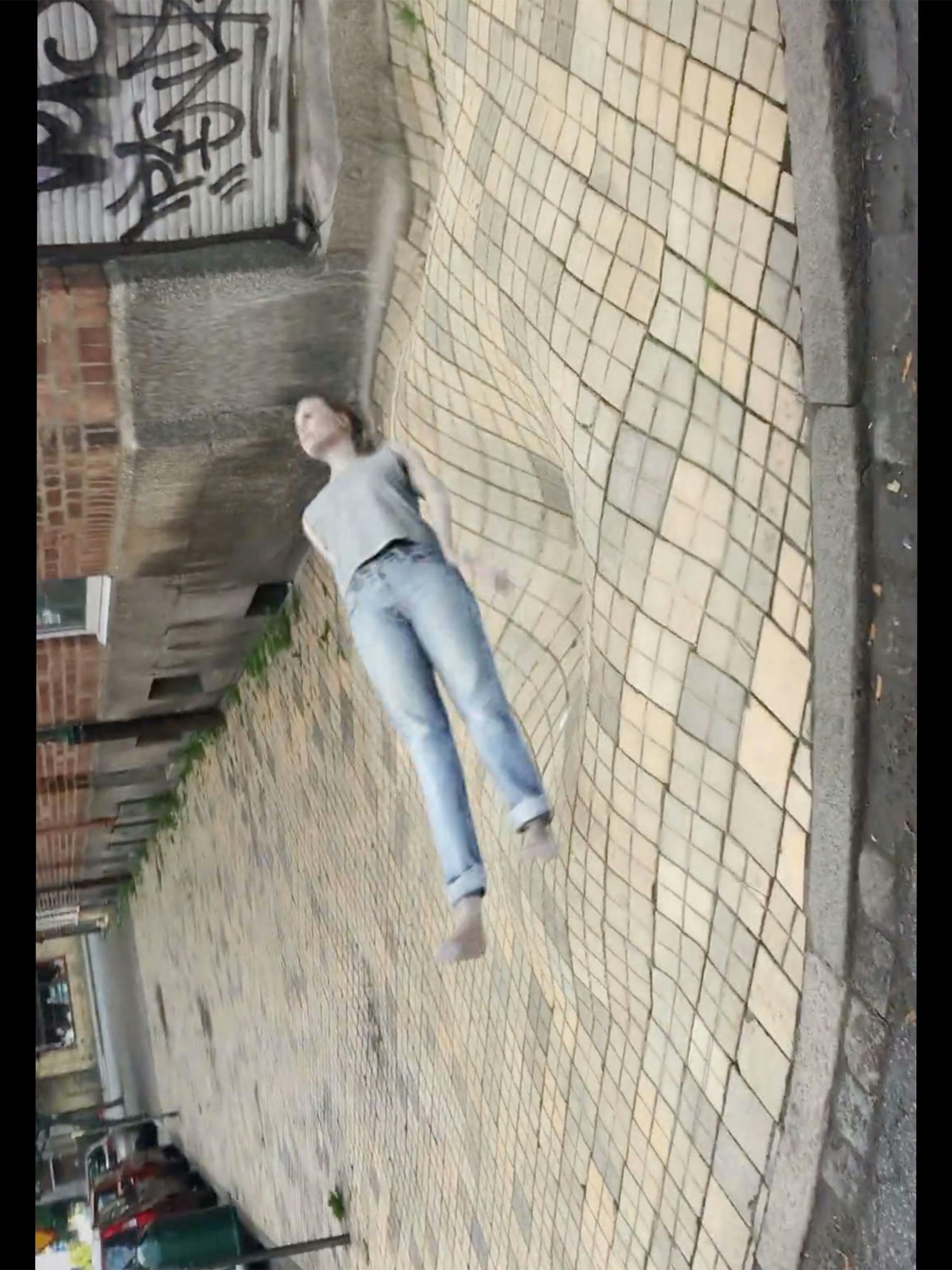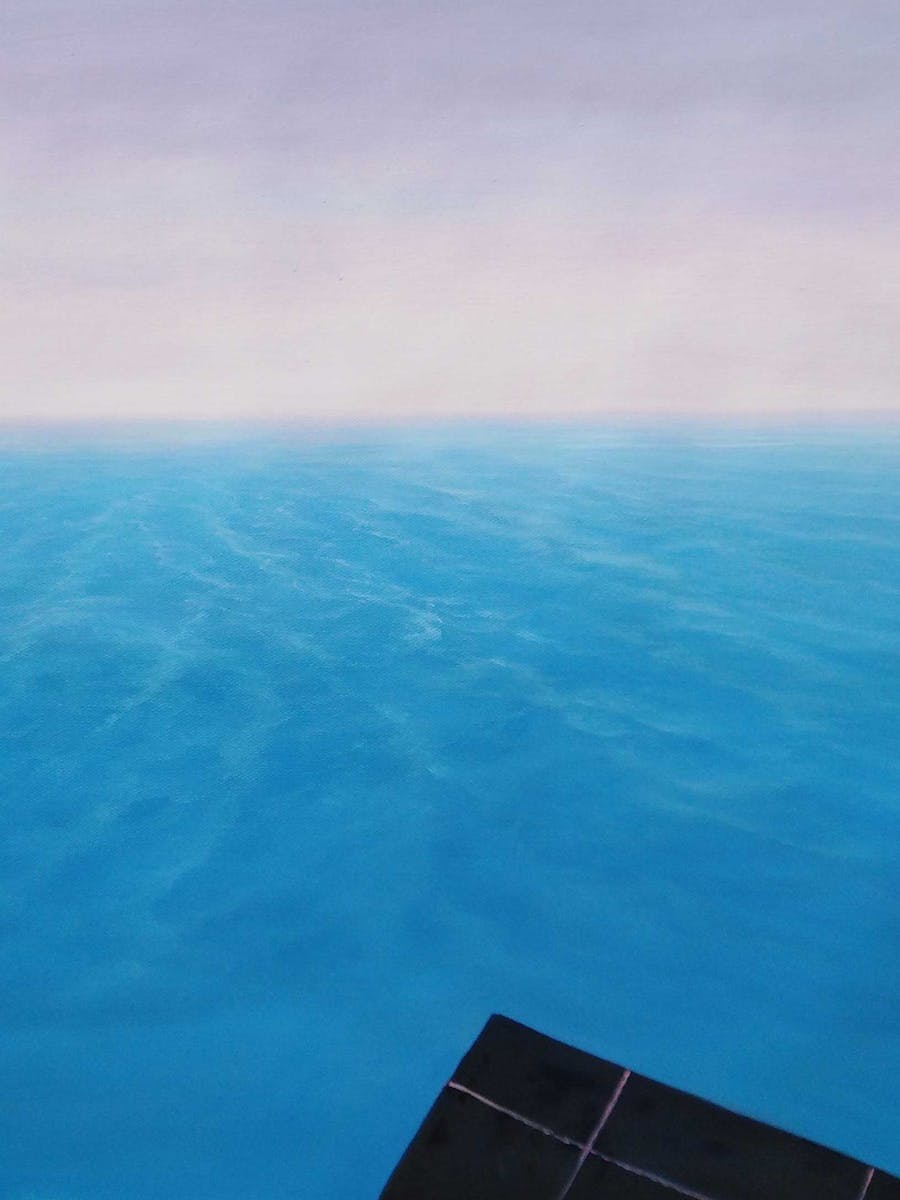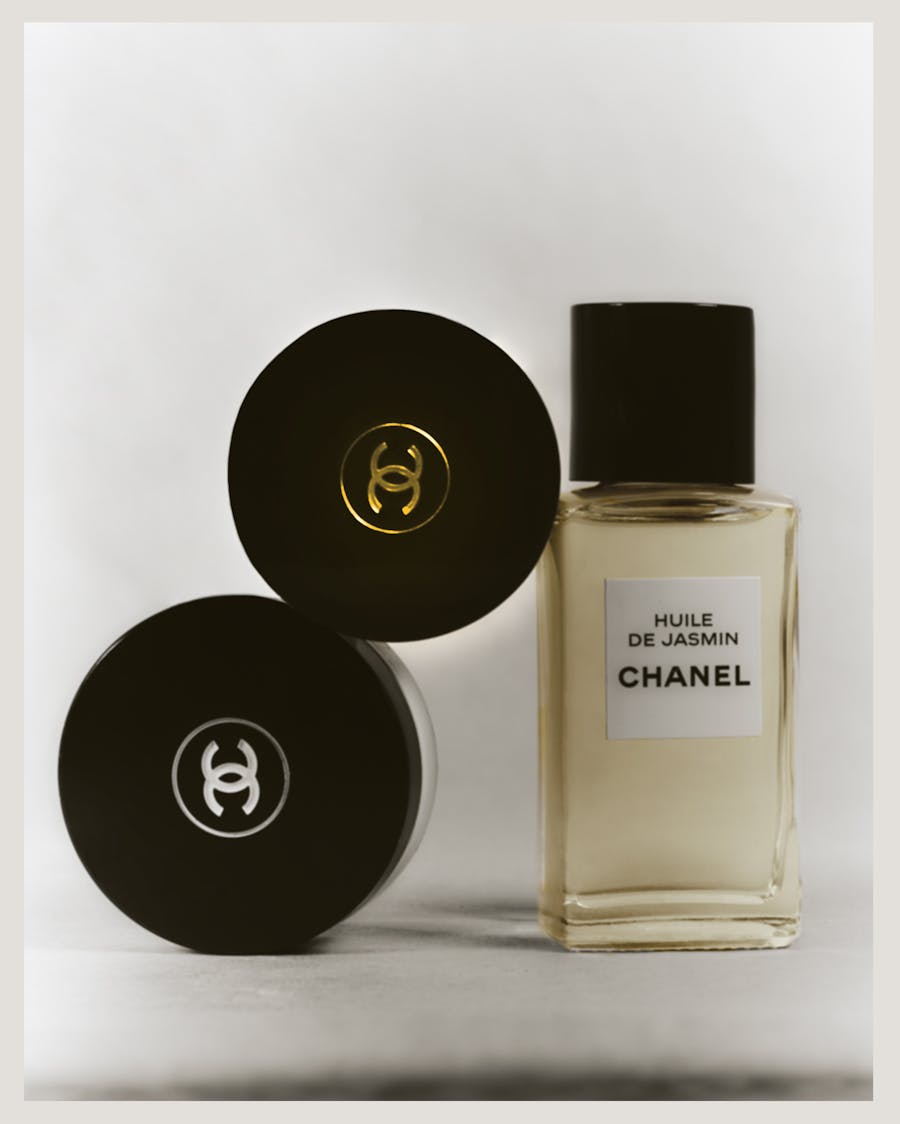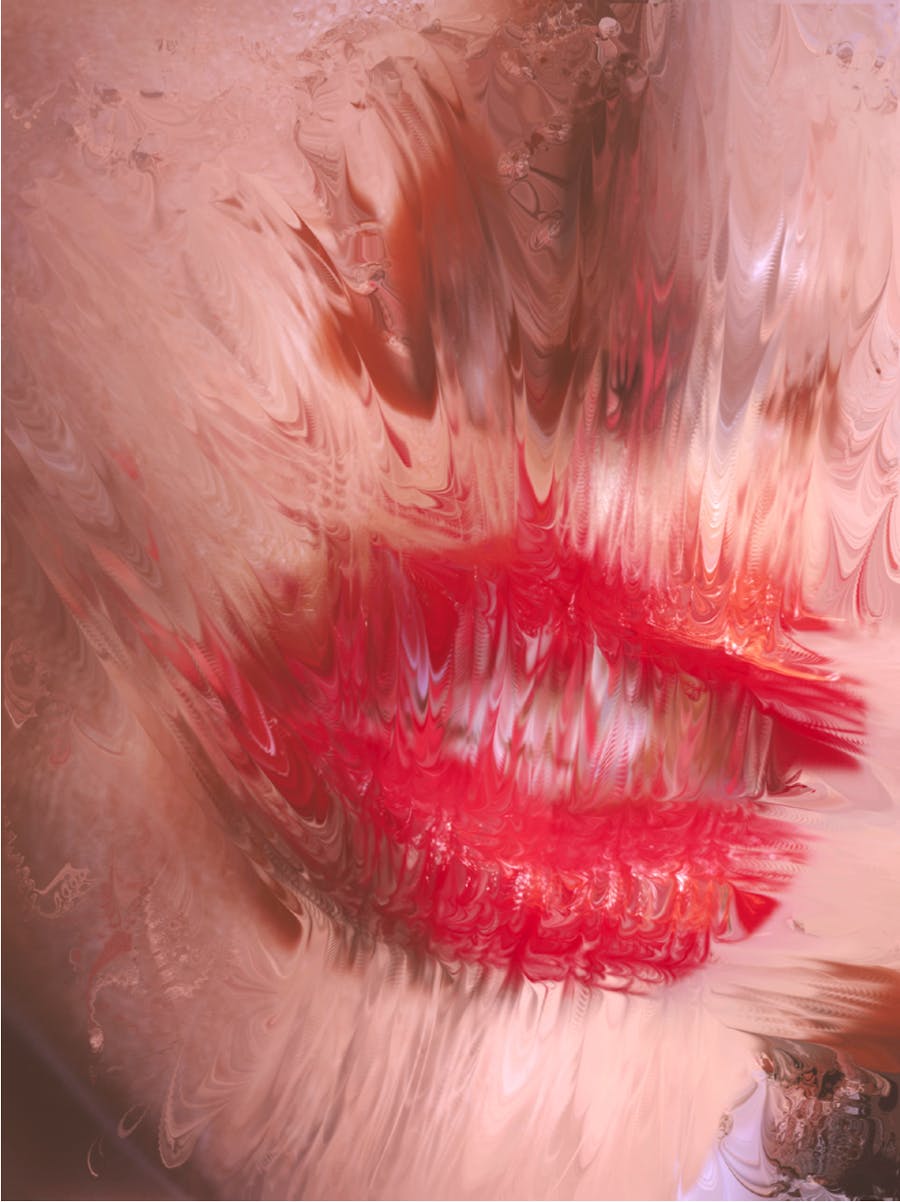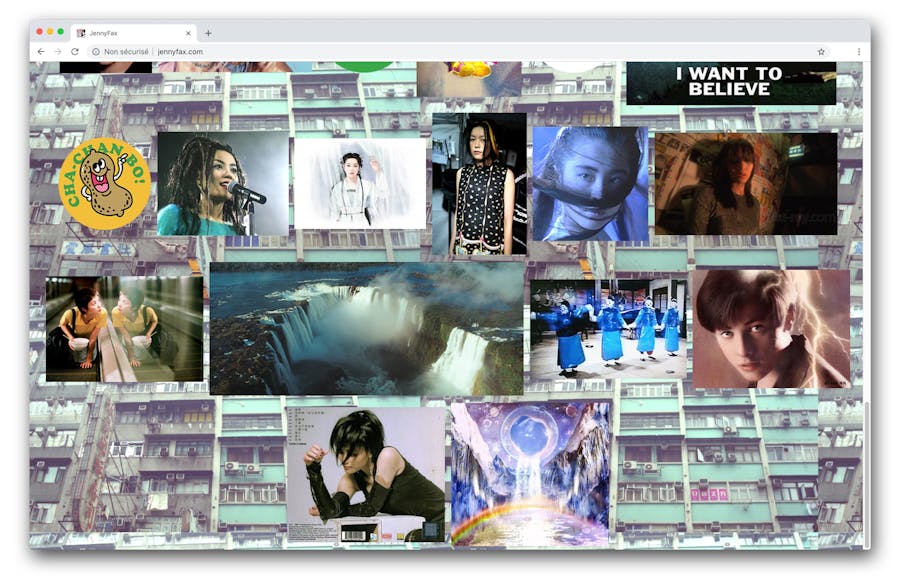It was time to trip the circuit breaker, to overthrow all those images of happiness involving cats, Yoga and gluten-free pink cupcakes. The crumbs had become indigestible and were doing a bad job of hiding the right to unhappiness, to failure, to sarcasm – the right to enjoy life’s ironies. The simulation of a perfect self breaks down the complexity of the human being in favour of a senseless dash towards all that glitters and which is nothing more than fragments of the totalitarian politics of success and of empowerment. Power to the individual? A huge swindle with its inspiring catchphrases such as ‘you are the master of your own destiny, we love you, we’re double-liking you.’ A throwback to Raffarin, a positive emancipatory attitude turned castrating, since it is no longer proposed but imposed. But does anyone still believe in this avatar? On March 16th 2017 Yilmaz Sen posted on his instagram account a photo of a ciğerli pilav. The caption read #Me. A very familiar image, not very ‘attractive’, not very ‘likeable’: the kind used by 24-hour takeaways to incite young people who’ve had one too many on a night out. 139 likes. Yilmaz Sen does not really look like a plate of boiled rice. And that’s what’s so sublime about it.
Increasingly Instagram accounts circulate popular representations of happiness and selfhood through introducing an element of the sublime in which beauty is born of the spectacle of horror. The good, the beautiful, the sublime: concepts which seek to become the avatars of an aesthetic philosophy in a France where people like to quote Spinoza and Walter Benjamin. The sublime, however, is equally well glossed in the lyrics of ‘L’Instant sublime’ by Julien Loko, an unfortunate contestant on the TV talent show, La Nouvelle star. In the style of French pop, he sings about the state of mind of a man who ‘in the midst of shadows and moments of darkness, struggles and loves.’ Confused ? Did that last reference distort your expectations ? In that case you’re experiencing the response elicited by the art of Yilmaz Sen. Yilmaz turns the avatar into a tool for distorting the real. ‘If we have to try and discover what the avatar means, and if we start from the principle that I create avatars in my work, in that case I would say that the avatar has to be surprising. It’s never the same, it is a multiplicity of things allowing us to glimpse the infinite combination of real possibilities. As a creator, I am responsible for the avatar. I must make it provocative, not condescending, and I must always offer an unexpected avatar. In a world in which all ways of being have become similar, I think that it is the responsibility of the artist to create something different and unexpected.’
“ Sorry, I don’t totally understand the question. ” Some errors of expression - which are perhaps the result of pre-conceptions about people and things acquired through screens ? Or maybe we just went through some tunnels. Over the course of our discussion, avatars fall away. Hence this subjective sketch of Yilmaz Sen, an artist who was given a bowl of Balenciaga glitter and who today accumulates likes, while his drawings, done on the bus in September 2012, remain unknown. Proof that we’re predictable. So we won’t just talk about Balenciaga, promise.
—The avatar : uniformity conforming to deformity ?
For Yilmaz, the avatar has something of a paradise lost. His dystopian universe is at the edge of expression, and becomes the reflection of accumulated failure in the face of the modern panoply of success. Spikes jut out from the faces of young women, the silhouettes of women wearing Balenciaga deliquesce, skin is as flexible as chewing-gum and makes bodies balloon, preventing them from ever moving forward. Yilmaz Sen’s account confronts the paradoxes of a need for recognition that has become pathological in a ‘liquid society’. For Zygmunt Bauman mobility, speed and incessant flux are characteristic of modernity and have transformed relationships into a sort of chasm from where human sensibility has evaporated. A sociology that is dominated by a sense of anxiety and which questions consumerism: in other words which is an isolated artistic and philosophical position. If Instagram is sometimes thought of as the millennial’s chosen ground, the network is no less lacking in artists who make this philosophical gesture: open individuals, good in every respect, turn into strange creatures. ‘Odd’ has become cool.
For Yilmaz, there are several types of established distortion, now integrated into a democratized system of resistance. Games that have become ‘a bit too easy in their strategy for hacking reality. There is a whole apparatus which consists of departing from initial situations that are real, in which everything is predictable. To create strong emotion, it’s enough just to reach into the narratives we’re accustomed to and twist something. The emotion is even stronger for the viewer if they feel they are in a real space. Not a synthetic space generated by a computer. That’s the arena in which I’m working. But it’s an old trick, it’s starting to bore me a bit.’ So excitement in the creation of avatars resides, for Yilmaz, in the pursuit of the unexpected. Is it impossible then to predict what comes next ? ‘I’ve got to find new tricks.’
—The avatar: the substance of fashion ?
Ceaselessly simulating the new while working with a limited set of elements: is that not the fairytale ontology of the system of fashion ? By borrowing our visions of the future from the past, fashion no longer surprises through the formal innovations of its collections but by the unexpectedness of the moment chosen to reveal the eternally new. For Yilmaz, Balenciaga knew how to play with and disrupt the calendar. In 2015, Demna Gvsalia offered something unprecedented in an era where fashion oscillated between the minimalism of Phoebe Philo and the androgynous rock attitude of Slimane. ‘I’m not directly connected to the fashion world. I don’t claim to know much about it. I studied art and a lot of my friends were doing fashion. I heard them talk about it, but I didn’t experience what was happening. And I like to know things through experience. One day, I came across images from a campaign which recreated family photos. I was really struck by it. But I didn’t pay attention to the brand. Then, the following season, I saw a campaign which used the language of paparazzi shots. I thought to myself, ‘oh it’s very cool.’ I thought I had better memorize the name: Balenciaga, that’s it. That’s when I began to follow them.’ The pieces designed by Demna Gvasalia are like a kind of hacking in the economic system of a fashion geared towards the perennial. ‘Fashion is multiple. For everything to function, we need functional clothes for daily life. But fashion is also about going beyond looking ‘proper’ and approaching the creation of clothes as an art, the opportunity to tell a story. For me, the clothes designed by people like Demna Gvasalia have something to say. Demna and I don’t do the same work, and we don’t have the same tools for expressing ourselves, but I think the message and the process are the same. We belong to a culture of the unexpected. I think that we are affected in the same way by this culture of conformity and recognition. And from that rejection, a kind of ‘coup de foudre’ emerges. I’m not saying it‘s destiny... What I do is provoked. What Balenciaga does is provoke.’
If Yilmaz is being ironic when he conjures up the idea of a coup de foudre, a No-things Hill, it is nonetheless true that he and Demna have a common enemy: the manicured avatar. ‘I think that the repetition of the same cliches of success on Instagram is just boring. There’s nothing exciting in any of it. The artist has to spice things up a bit.’ And where better than in the world of fashion, greedy for seditious artists on whom it confers success to play with the creation of images. ‘I’m passionate about the way in which details are worked, about rigour. The same rigour I find in the world of fashion. I can work with different brands, it doesn’t matter which. The important thing is that my approach is compatible with the creative direction, that we agree about the distortions we can introduce. I would like to play with my own vision of fashion. I'm curious and I can’t wait to discover the forms it could take.’
— The avatar: revealing the communication breakdown between the different generations ?
The pursuit of happiness, elevated to the status of social obsession, gives rise to acts of resistance amongst a whole group of artists of a new genre, who talk openly about depression (Yilmaz has published How to feel much better, a book about depression, disappointment, Platonic love...). If a desire to give artistic expression to the deviant and the twisted is not unheard of in the history of art, it seems that the categories of actors dedicated to this duty are developing at the same time as the technological devices. In a western world where individuals come to understand themselves through algorithms and networks, the faces of the performers of the dystopian sublime are relatively young. They don’t have the same life as their parents. On Yilmaz’s Instagram account is one of those famous #throwback pictures designed to elicit a simple cute. It dates from 1990. A young boy sits on a stool in front of wallpaper simulating a verdant landscape. The child is looking down the lens. He is wearing socks and his feet are turned inwards. He is flanked by two girls who are a little bit older. They are like rails, one on either side of the path of his future. ‘In my family, everyone expected me to become the perfect designer. That corresponded to my studies, my internships, and the experiences I had within the university framework. And here I am doing something else entirely.’
«I can’t say that my work is about either accomplishment or failure. I think that I like to shock people, or at least to create emotion. I like to think up works which push you to the edge of discomfort, which juxtapose beauty and discomfort in the same place ” . As if to remind us that it’s never simple. That even with our big theories of the beautiful and the sublime, our big films about succeeding in life, stories of failure are constitutive of our society. Yilmaz’s work is a form of resistance, an appeal to the maze of the individual. The throwback pic, then, is another hack.
“ Society is changing. We feel it when we talk to our parents. What they experienced growing up is very different from our experience. Today things happen at a much quicker pace. People consume with immense speed. But it’s not all bad. We explore more possibilities, we get married later. That if is we get married at all, or have kids, neither of which feel obligatory. Society is more open, and that means there are more opportunities for self-realization. As an artist, you can present yourself as a painter, but I think, personally, that names don’t impose limits on actions and today it’s normal to do more than one thing. The Internet has created the conditions for that. To learn something, all you have to do is google it. ”
The avatar is the result of the old world reacting to the coming of the new. Two worlds which no longer understand each other. A rupture in language and ways of being, a rupture which disturbs. ‘When you step to one side and look at all that, you realize that you can live lives which appear totally strange, totally bizarre from the point of view of our parents. For me, that’s what being an avatar is about. Eliciting a strange emotion.’ Yilmaz Sen is a hacker aiming to provoke. Not to disgust, or to perturb, but to transform the avatar into an alternative beauty. In a society where success has become a diktat, where being watched over is really just being watched and where positivity helps people feel virtuous, Yilmaz Sen posts dissonant images which anticipate a new duty for the artist in society: ‘To surprise, to provoke, to explore, to propose emotional responses to things: in other words to make the avatar a tool which stimulates curiosity, the search for the unknown.’ #MondayMood “ «Cristobal Balenciaga must be turning in his grave ” . One of the funny comments left by people on Instagram about my collaboration with the brand. For me, people who didn‘t like it are as valuable as people who did. It gives another dimension to my work. ”
A taste of your own medicine ? “ I have changed my way of working. Since Balenciaga I feel like I have a responsibility to the image of the artist that I’m projecting. Being this artist, known through association with this fashion house, can I continue to have my small projects ? I must project and work on an image of myself; do something I didn’t do before. For a long time as an artist, I was broke and I didn’t have to give an account of myself to anyone.” Working with Balenciaga has allowed Yilmaz to cover himself in that specious glitter the value of which he questions. However, his account has remained simple and has not undergone a purge. No self-censure of the pre-Balenciaga Yilmaz. Hence a photo of a young man stretched out amidst yellow flowers, styled with a bob, a fashionable bag, and a T-shirt harmonizing with the colour of the flowers. He smiles, facing the camera, and you can read all Yimaz Sen’s irony in the few words of the caption: “ 30 but still #cute. ”
The avatar, or just a form of self-derision.
Translated into English by Sara & Emma Bielecki
